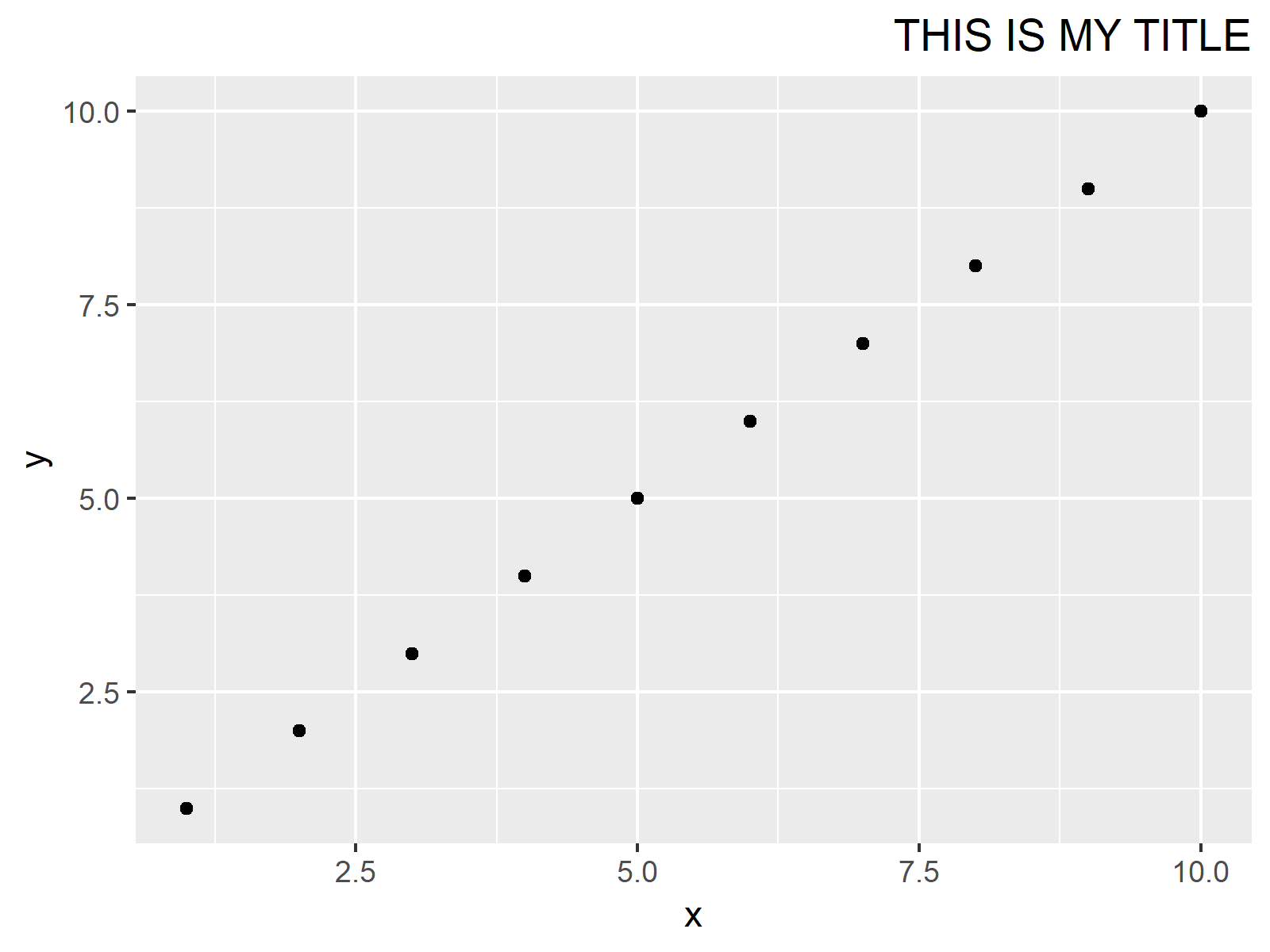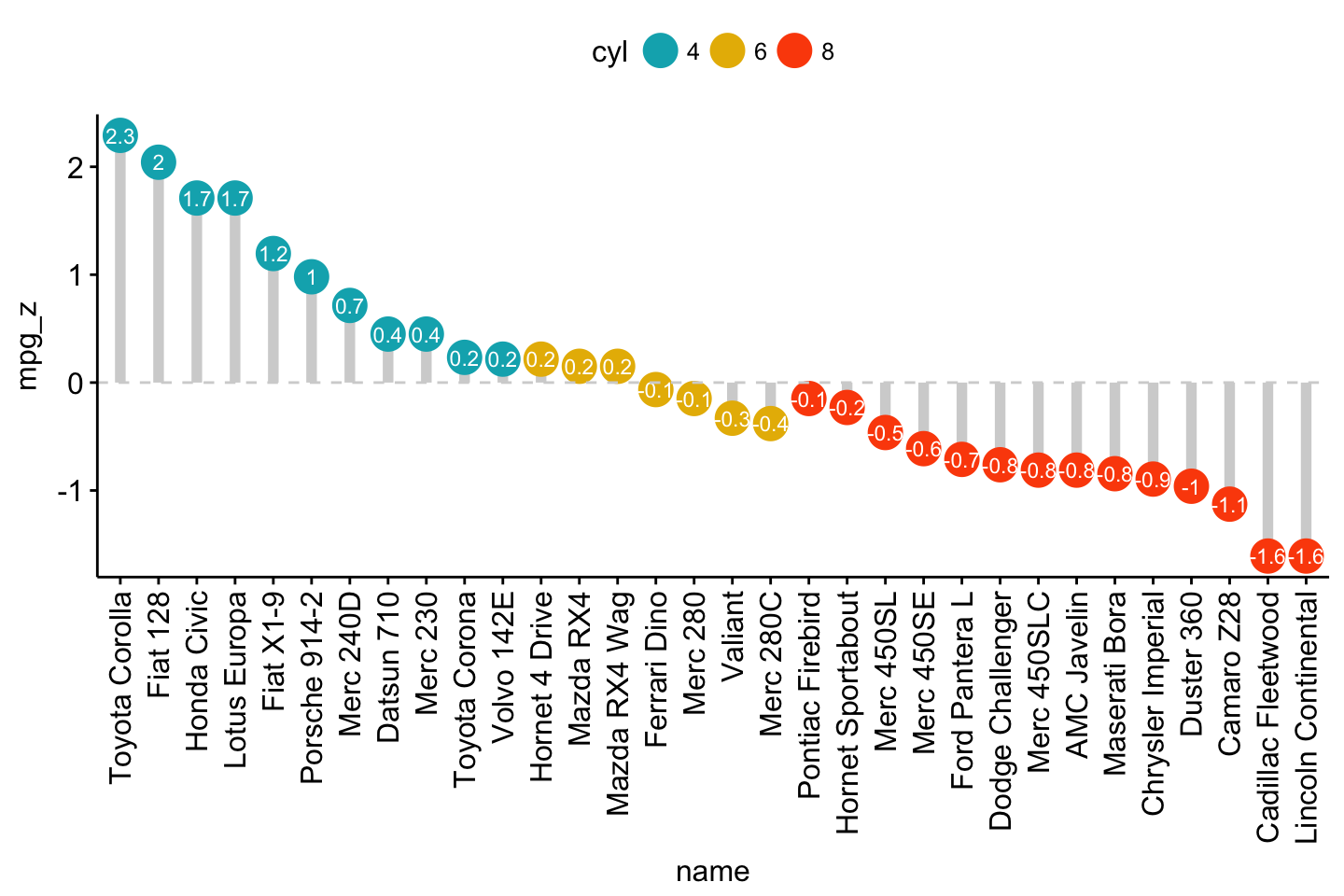

You can expect more basic R tutorials weekly. It’s up to you now to choose an appropriate theme, color, and title. This alone will be enough to make almost any data visualization you can imagine.
ADD TITLE GGPLOT2 SCATTER PLOT HOW TO
You’ve learned how to change colors, marker types, size, titles, subtitles, captions, axis labels, and a couple of other useful things. Today you’ve learned how to make scatter plots with R and ggplot2 and how to make them aesthetically pleasing. With this layer, you can get a rough idea of how your variables are distributed and on which point(s) most of the observations are located. It shows the variable distribution on the edges of both X and Y axes for the specified variables.

The other potentially useful layer you can use is geom_rug(). Here’s how to import the packages and take a look at the first couple of rows: It’s one of the most popular datasets, and today you’ll use it to make a lot of scatter plots. R has many datasets built-in, and one of them is mtcars.


 0 kommentar(er)
0 kommentar(er)
